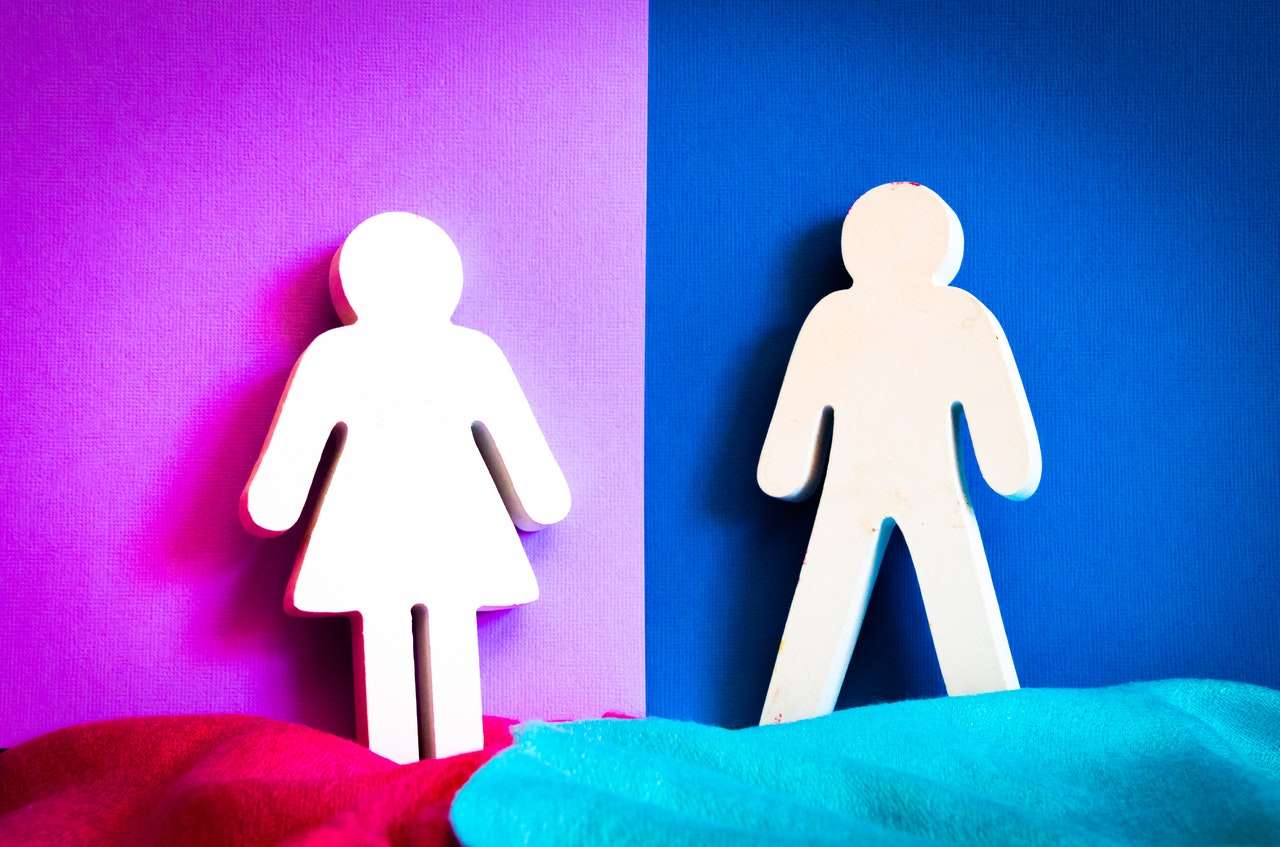
50+ Most Used Spanish Description Words To Keep Your Conversation Interesting
DATE:
One of the most important aspects of any language is the ability to give a description of the world around you.
Usually, words that give physical descriptions or help describe a noun are called adjectives. English adjectives are things like “beautiful, ugly, tall, short, blue, etc”.
So naturally, Spanish has this same vocabulary: hermosa, feo, alto, bajo, azul.
However, they function a little bit differently than they do in English. So in this article, we’re going to talk about Spanish descriptive words, how to use them, and how to use Spanish adjectives to describe a person.
So keep reading if you’re ready to learn how to keep your conversation interesting in Spanish.
Spanish describing words (adjectives)
What are Spanish adjectives?
Spanish adjectives are terms that describe a noun. In grammar, an adjective helps to give more information about a person, place or thing.
Some common Spanish adjectives are:
|
Spanish Adjective |
English Adjective |
|---|---|
|
Bonito |
Pretty |
|
Rojo |
Red |
|
Verde |
Green |
|
Grande |
Big |
|
Bueno |
Good |
Where do Spanish adjectives go?
Spanish adjectives almost always go after the noun, unlike in English, where they always go first.
- El coche rojo. – The red car, NOT “The car red.”
Los ojos azules hermosos. – Beautiful blue eyes NOT “Eyes blue beautiful”
QUICK NOTE…
In some special contexts, adjectives can go before. For example, if the adjective can change meaning, then the placement of the descriptive word can change depending on whether it is figurative or literal.
- Un viejo amigo. – An old friend. (You’ve been friends for a long time)
- Un amigo viejo. – An old friend. (Your friend is not young)
You can also place an adjective after verbs like estar, ser, or parecer (just like in English).
- La sopa está caliente. – The soup is hot.
- El hombre es muy alto. – The man is very tall.
- El juego parece divertido. – The game seems fun.
How do you use Spanish adjectives?
This is the part that gets a little more complicated in Spanish. That’s because Spanish adjectives can change according to the gender and number of the noun they describe.
As you know, Spanish nouns can be grammatically masculine or feminine as well as singular or plural. Looking at the previous example, we can see that the word “ojos” is plural and masculine That’s because it is grammatically masculine and it’s referring to two eyes.

So when we want to use an adjective to describe those two eyes, those Spanish descriptive words also need to match.
- Los hermosos ojos azules. – The beautiful blue eyes.
If we wanted to describe a girl’s (una chica) appearance, which is a grammatically singular and feminine noun, then we would use an adjective that agrees with those two features.
- Una chica lista. – A smart girl.
Have you noticed a pattern yet? The ending has to match the noun. In general, we can use this chart with Spanish describing words:
|
Gender |
Singular Ending |
Plural Ending |
|---|---|---|
|
Masculine |
-o |
-os |
|
Feminine |
-a |
-as |
So Spanish adjectives that describe singular and feminine nouns will end in -a, for example. That’s why the word for “smart” (lista) changes depending on the person it is describing.
- Una chica lista. – A smart girl.
- Un chico listo. – A smart boy.
- Unas chicas listas. – Some smart girls.
- Unos chicos listos. – Some smart boys.
As you can see from the examples, it’s not too difficult. As long as you learn the gender of a noun, you’ll have no problem with Spanish adjectives!
Referring to a person or thing in Spanish? You need Spanish definite articles. Find out how to use them in this detailed guide.
What about exceptions with Spanish Description Words?
Of course, because learning a language wouldn’t be exciting if there weren’t any exceptions!
There are some adjectives that don’t change with the number, and just a couple that don’t change with either gender or number.
The most common Spanish terms like this that you’ll have to worry about is with colors.
For example, the color green “verde” will change with number, but not gender. For example:
- Las blusas verdes. – The green blouses.
- El coche verde. – The green car
This will also happen with adjectives ending in a consonant.
- Las flores azules. (from azul) – The blue flowers.
- Los exámenes difíciles. (from difícil) – The difficult exams.
- El hombre feliz y la mujer feliz. – The happy man and the happy woman.
Adjectives that end in a consonant only need to add an -es to the ending in order to make them plural. And the vocab that end in Z change to –ces in the plural form. Fácil: Fáciles; Feliz: Felices.
However, there are a handful of descriptive Spanish adjectives that don’t change with either gender or number, for example:
- La primera clase es gratis. – The first class is free.
Los ojos café. – The brown eyes.

To sum it up, all you have to do is match the ending to the noun. ¡Qué fácil!
That’s all you have to know! You might have thought that it was going to be difficult to remember all of these grammar rules. But as you can see, you only have to learn 5 different endings. And since all the common Spanish adjectives are regular, you’ll rarely come across any tricky situations.
Most common Spanish adjectives to describe a person
Now you might be thinking, “Okay, I know how to change the adjectives…but now I need some useful vocabulary.”
And we got you covered. Here is a helpful list of Spanish words you can use to describe someone’s physical appearance and personality.
|
Spanish Adjectives |
English Translations |
|---|---|
|
Alto |
Tall |
|
Bajo |
Short |
|
Moreno |
Tan |
|
Rubio |
Blonde |
|
Castaño |
Brown Haired |
|
Pelirrojo |
Red Haired (Ginger) |
|
Listo / Inteligente |
Smart / Intelligent |
|
Tonto / Estúpido |
Dumb / Stupid |
|
Gracioso |
Funny |
|
Serio |
Serious |
|
Flaco / Delgado |
Skinny / Thin |
|
Gordo / Gordito |
Fat / Chubby |
|
Amable |
Pleasant / Friendly |
|
Hermoso |
Beautiful / Handsome |
|
Bonito / Lindo |
Pretty |
|
Guapo |
Good looking |
|
Feo |
Ugly |
|
Tacaño |
Stingy |
|
Generoso |
Generous |
|
Educado |
Polite |
|
Feliz / Contento |
Happy |
|
Triste |
Sad |
|
Sincero |
Sincere |
|
Honrado |
Honorable |
|
Torpe |
Clumsy |
|
Antipático |
Unpleasant |
|
Trabajador / Trabajadora |
Hard Working |
|
Decidido |
Determined |
|
Atento |
Attentive |
|
Rebelde |
Rebellious |
There’s a list of Spanish vocabulary to keep you occupied! Try making flashcards with any of these Spanish adjectives that are new to you, this way you can practice them in your everyday conversations.
Just note, as you learn new adjectives, you might notice that the meaning can change depending on the verb that might go with it.
For example, Spanish adjectives often change meaning with ser and estar:
- Mi novio es bueno. – My boyfriend is good. (a good person)
- Mi novio está bueno. – My boyfriend is hot. (attractive)
- Los estudiantes son listos. – The students are smart.
Los estudiantes están listos. – The students are ready.
The verbs Ser and Estar can cause a lot of problems for students, so make sure to learn everything you need to know about Ser vs Estar!
Use what you learned

As you can see, the grammar in languages often takes a lot of work to learn, but it’s far from impossible!
Now that you know the rules on descriptive Spanish words, you’re more than ready to take on talking about people’s appearance and personality in conversation. But not just people’s traits, you’re ready to explain anything that you have the vocabulary for.
With this list of Spanish description words and all the grammar rules under your belt, you’ll be having fluent conversations sooner than you know it.
If you’re ready to take your Spanish skills up to the next level, go ahead and sign up for a free private class or a 7-day free trial of our group classes so you can practice what you learned.








